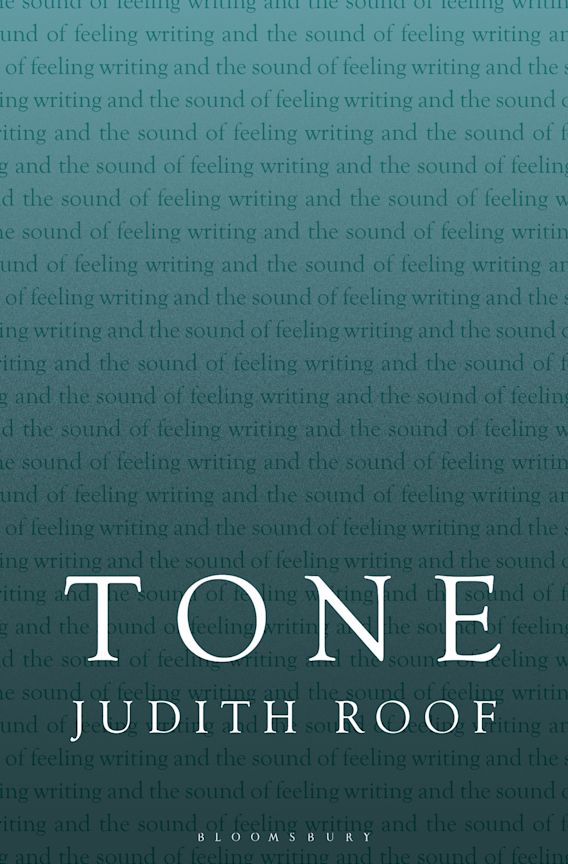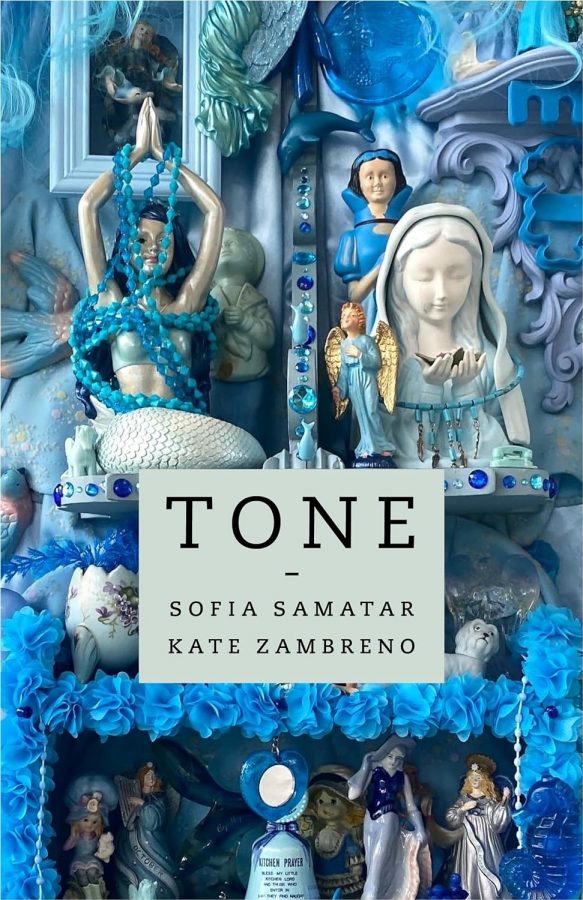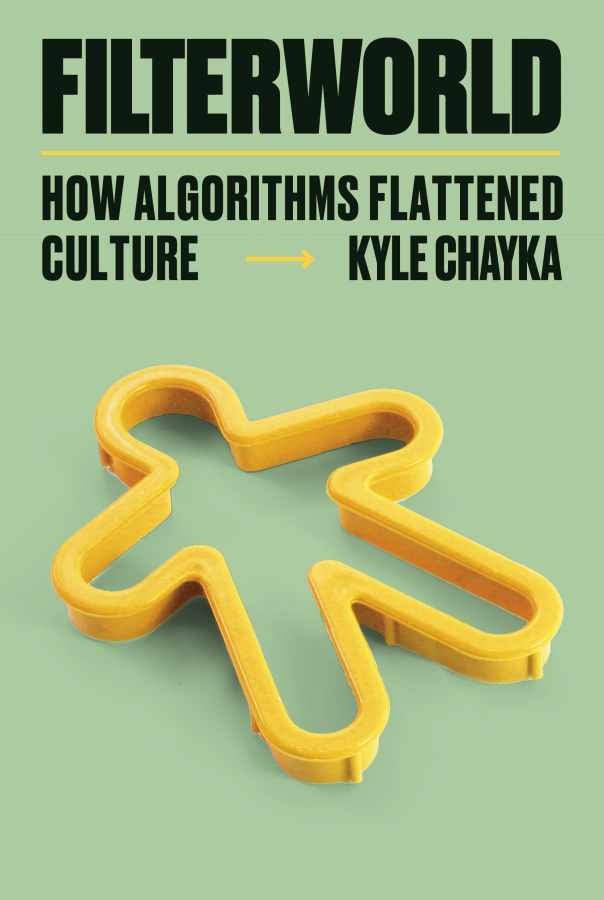Partway through The Art Of Cruelty (2011), Maggie Nelson lists a number of writers on her own bookshelf known for ‘violent or cruel writing’. Alongside Sylvia Plath, Shirley Jackson, and Kathy Acker, she lists Patricia Highsmith. Without discussing Highsmith’s work in any particular detail, she notes that these writers ‘explicit[ly] protest against male violence, misogyny, and the patriarchy’.
Acker: sure. Jackson: yes. Plath: definitely. But one of the distinctive things about Highsmith is her longstanding protest against everyone. Highsmith’s novels oppose no social system other than the social system of being a human being. Her characters are divided neatly into fools who are taken advantage of, and the untroubled sociopaths who do the taking advantage.
The only notable exception to this is her best-known book, The Talented Mr. Ripley, which points its violence with particular emphasis against the upper class. The story of a social alien, Tom Ripley, who ingratiates himself into a rich family, it’s a neater, more elegant version of what Bret Easton Ellis tried to do in American Psycho many years later – floating the idea that the sociopath would not only fit in, undetected, amongst the rich and powerful, but even flourish.
Yet when Highsmith returned to the story of Ripley twice in sequels, this element of social satire disappeared. Ripley, arch manipulator, didn’t end his schemes with the rich. In these follow-up novels, his uncanny ability to make himself his target’s perfect man and then hurt that target deeply was trained on whomsoever he pleased, regardless of social standing, gender, or race. For Highsmith, it’s not just the world of the rich that sets itself up for the benefit of the cruel. It’s the world in its entirety.
Highsmith was, as she writes in the recently released Diaries and Notebooks, subsumed by the need to write fiction about terrible acts, committed by and against all sorts of people. ‘Horror stories I adore,’ she wrote in an entry before any of her major novels were published. ‘I realised [early] that horror stories were my meat, that horror was, in a sense, my milieu, my metier.’
Thus Highsmith’s work is notable for the generalising sweep with which it looks at the crowd, each with their own either ridiculous or reprehensible reasons for doing their ridiculous or reprehensible things. The only sympathetic portrayals she ever truly developed in her work are of non-human animals – in particular snails, which she was known, in her personal life, for loving in a way that bordered on obsession, and which she writes about extensively in Diaries and Notebooks. Non-human animals are incapable of either being fools or sociopaths, and so she had no umbrage with them.
A key to Highsmith’s worldview if found in her short story, ‘The Snail-Watcher’ (1970). A harmless partner in a brokerage firm named Peter Knoppert develops an interest in snails. His family and friends are disgusted. But, unperturbed, he begins to breed the creatures, a hobby that turns into an obsession. He spends all his spare time with them, examining them as though they are pieces of art. He lets the snails crawl around his finger, because he ‘fancie[s] his snails enjoyed this human contact.’ He is, in a way, correct. There are two forms of knowledge in Highsmith’s novels. Either the kind possessed by the person who grasps the truth, perfectly, and then uses it to commit awful acts. Or, the kind possessed by the person whose softness, and romance, means that they only half see an evil thing, distracted by its beauty, in a way that lets that evil thing subsume them. Knoppert’s knowledge of the snails is of the latter kind.
He is correct. His snails do enjoy human contact. And they enjoy it right up until the last moment of the story, in which Knoppert is overwhelmed by a horde of snails, thousands of them, their breeding having been left unchecked. They fill his mouth, so he cannot scream. They cover his body. Unable to breathe, choked with the creatures, the last thing he sees is a pair of snails fucking, glimpsed through his slitted eye, which is eventually covered over by the pets he once loved, but did not fully understand, and now have killed him. Of this story, which publishers rejected for years out of disgust, Highsmith writes in Diaries and Notebooks, ‘I like it.’
Even The Price Of Salt (1952), adapted by Todd Haynes into the film Carol (2015), is sometimes held up as the aberration that proves the rule when it comes to Highsmith’s cruelty. It’s characterised as a rare romance, supposedly revealing her ‘softer’ side – but it too presents her usual dynamic between the exploiter and the exploited. The much-discussed ‘happy ending’ of the novel, often touted as one of the few finales in queer fiction that does not result in death or heartbreak, is merely a resignation to the fact that love is a form of raw, usually painful submission that we give ourselves over to, for reasons we cannot articulate, even to ourselves. Therese, the novel’s young, idealistic protagonist, does return to Carol, her older lover, in The Price of Salt’s closing pages. But their futures are imperfect; insecure. In Diaries and Notebooks, Highsmith describes the book, contrary to the ways it has been understood as a portrait of fulfilling, nourishing, simple love, as being about ‘betrayal of faith and trust.’
Critics sometimes have a tendency to view those artists who, like Highsmith, are cruel in their works as fundamentally crooked human beings. These artists suffer not only the scrutiny that accompanies creative success, but a scrutiny that falls, explicitly or otherwise, into the territory of psychoanalysis. It is not unusual to ask the question of any famous artist, ‘why do they make what they make?’ But this is distinct to the question that gets asked of the creator who produces unpleasantness, which is: ‘what must be so wrong with them that they make what they make?’
These questions are related to the idea, shared by some critics and written about in a particular kind of self-help book, that art is necessarily therapeutic by nature. Art heals us, so they say, and it heals us because it is ‘beautiful.’ By extension, art that is bad for us is ugly, and the people who make it are ugly too.
No matter that an obsession with beauty can be, in its own way, harmful, or confused, or near-sighted. Or that it can be just that – an obsession. Or that, actually, this binary between unpleasantness and beauty is flimsy, and under-defined. The vice of analysis – the quest to find something in a person that should have been fixed, but wasn’t – is applied to the individual who thinks the world is cruel and uncaring, and reflects that in the art they collect or make.
The two major biographies of Highsmith – The Talented Miss Highsmith (2009) by Joan Schenkar, and Beautiful Shadow: The Life Of Patricia Highsmith (2003) by Andrew Walter – both use the details of Highsmith’s personal life, one characterised as filled with vice, cruelty, and sin, to explain her art. In their accounts, she was depressed, traumatised early, and blindly obsessed with pleasure in a way that hurt people, time and time over, and wrote about characters who were the same. Highsmith had an ability to ‘breed about her the world she created in her novels,’ Schenkar writes.
The Highsmith these biographers write of was a mess, wracked by hatred. Both biographers had access to Highsmith’s diaries and notebooks, discovered after her death – but they rely largely upon her letters, which offer a very different kind of self-portrait. The woman they construct using passages from those letters is a woman who could not help pouring hatred out onto the page, and who desperately needed intervention. Not just medical intervention – Highsmith was an alcoholic, who, as the Diaries And Notebooks prove, thought sometimes of suicide. But philosophical intervention – someone to convince her, actually, that the world was beautiful, and meaningful, and light. Without many quotes from the diaries and notebooks, and with a particular sort of bias, these biographers paint a tortured artist who loved to torture.
Walter’s biography is of interest only to those of us who are so infatuated with Highsmith that we’ll hoover up whatever is penned about her, whether accurate or insightful or not. Beautiful Shadow hammers out the same old story, again and again: Highsmith was a drunk, ruined by her terrible relationship with her mother who abandoned her when she was 12, depressed and deliberately isolated. Walter fixates on Highsmith’s childhood, follows her through successes that meant nothing to her, and ends with the writer described by friends as ‘someone no longer enjoying life’.
By contrast, Schenkar’s is one of those biographies that is both an excellent, involving read, and a messy work of portraiture. You could pick it up without having encountered a single word of Highsmith, and have a lot of fun with it. It mounts the same case for Highsmith as Wilson’s does – that she was sad, and constantly suffering, and that in turn explains her work – but it does it with more skill and entertainment, as well as an eye for detail, and a broad amount of sympathy.
Highsmith is, in Schenkar’s hands, a misanthrope, affected by a hatred for the world that warped her into a depressive. But not just because her mother didn’t love her. Schenkar looks for this fundamental sickness in Highsmith in everything from her obsession with rebuilding old furniture, to the way she maintained the cellar in her house. In a memorable section of The Talented Miss Highsmith, Schenkar jumps back and forth between the perspectives of ‘Pat’ and some guests invited into her home, who have been given a tour of the dank, empty space beneath it.
Schenkar imagines Highsmith ‘flaunting’ the ‘hollow, shadowy, scary spaces’ of her cellar before her guests, delighting in the potential suffering of others. And Schenkar imagines these guests as nervous, stumbling through ‘the dark’, expecting to see a corpse. She quotes one, the writer and actor Christa Maerker, as ‘terrified’ by the cellar. ‘You knew if you screamed, no one in the world would hear you, just the rats,’ Marker said.
As to Schenkar’s aforementioned sympathy – she does love Highsmith. That is clear. In an amusingly, endearingly extended passage from The Talented Miss Highsmith, Schenkar discusses Highsmith’s obsession with dental gas. Highsmith always hated her teeth, Schenkar tells us, and found dentists repulsive, even as she found the anesthesia they used to fix her rotting molars liberating. ‘Certainly, the ‘total anaesthesia’ of the dental gas allowed Pat to enjoy the kind of intoxication she liked best,’ Schenkar writes. ‘The kind that relieved her, if only for an hour, from being Patricia Highsmith.’ But even here, we see Schenkar’s search for a problem. For a pain. For an underpinning explanation that can crack open Highsmith’s literary world of bad people, and dumb people, and the repellent things that happen when they meet.
The approach taken by these biographers is fuelled, in part, by some of the things that Highsmith said herself, publicly, from time to time: her anti-semitism, for instance, which was virulent. Or, her self-described isolation, and pessimism. In a widely publicised quote attributed to Highsmith by a friend, she said that she chose to live alone because ‘my imagination functions better when I don’t have to speak with people.’ In another interview, when questioned on the unlikability of her characters, she answered simply: ‘Perhaps it is because I don’t like anyone.’
Her ‘friends’ also gave fuel to this reading of the private life of an intensely private person. Walter quotes an acquaintance who describes her as ‘extremely hostile and misanthropic and totally incapable of any kind of relationship.’ The author J.G. Ballard described Highsmith as ‘deviant.’ Schenkar blends as many self-appraisals from Highsmith as possible, with ghoulish quotes from almost anyone who wrote about the time they met the author of The Talented Mr. Ripley – her book is nothing if not exhaustive. But what the release of Highsmith’s Diaries and Notebooks reveal, is that Schenkar’s gaze – and Walter’s – was selective, honed in on a narrative about Highsmith as arch, distressed manipulator.
To read the Diaries and Notebooks is not to read the work of a sick person, galvanized by hate, who spent a long career spitting revenge onto the page because there was something wrong with her. To read this tome – it runs to just under one thousand pages – is instead to encounter, time and time again, the word ‘love.’
Highsmith was obsessed with love. Almost every single entry discusses it in some way – the Diaries and Notebooks are exhaustive in cataloging the different ways that adoration can manifest itself.
There is the funny, bodily, raw love of a 1943 entry. ‘This morning, I thought of [Highsmith’s lover] Alella so much I had to go to the bathroom to relieve myself of a large erection,’ Highsmith writes. ‘I almost had an orgasms just thinking of her! It can happen!’
There is love defined by loss – Highsmith frequently, desperately, misses people. There is love that is doomed. There is unrequited love. There is love that is, as Highsmith writes, ‘just happiness.’ There is the moment that Highsmith kisses a lover, and then takes a taxi home, and says, ‘Have no money, but no matter – have so much else!’
These entries run contrary to Highsmith’s statements – delivered to interviewers that asked her, time and time again, why she was a recluse – that she liked being alone. Highsmith almost never seems to be alone in the pages of Diaries and Notebooks, and when she is, she doesn’t enjoy it. ‘I am lonely for a thousand things,’ she writes at one point. ‘I want to see Paul Cook, my artist friend, in the Victoria Hotel … And the world will be right again, because two minds in the corner of a bar are very strong.’
There are many reasons, of course, for this discrepancy. It’s the discrepancy between Highsmith’s public life and her private one. It’s the discrepancy that happens because, as Highsmith knew when she wrote of her doomed fools, she too wanted things she actualised in imperfect ways, and thus ended up producing things she didn’t want. It’s the discrepancy between Highsmith writing in her diary, for herself, and sitting across from an interviewer, or someone at a party – a discrepancy based on audience.
But it’s also, importantly, a discrepancy that falls on the shoulders of Highsmith’s biographers, and all those who have over-emphasised her struggles. These people decided – because they came to her life looking for the pain and unhappiness that they thought could explain her unpleasant books – that her hatred need be necessarily sprung from woe, and that it led to more of it. That it precluded love.
In fact, the illuminating message of Diaries and Notebooks – what makes it an extraordinary and even cathartic work, not only for Highsmith devotees – is that Highsmith’s moments of love came because of her fundamental belief that the world was frequently a sickening place, and not in despite of it.
So yes, there are, around the descriptions of love, acerbic takedowns of people Highsmith spent a lot of time with. She calls the people she met at the Yaddo Writers Retreat ‘dull.’ Her most frequent way of describing parties is as ‘boring’. Pregnancy is ‘ugly.’ Late in the book, after a career spent writing acclaimed novels, and then in her fifties, she admits to not knowing how to ‘have fun.’
There are descriptions of her anger, both on a personal scale – she’s pissed off at people who won’t buy her books, then pissed off by the people that do – and on a broader, social scale. ‘This is an age of war & neurosis and conflict within conflict, and of Communism versus Capitalism,’ she writes. She turns, time and time again, to the subject of her alcoholism. She knows she drinks too much. She hates herself for it. She considers medical interventions. She complains endlessly of hangovers. She feels a great deal of shame.
But it’s not that this viciousness sits awkwardly against the great passages of tenderness, creating some kind of conflict essential to the text. It’s the creation of unity between them. The Highsmith of Diaries and Notebooks is not someone with a problem that needs to be fixed. It is someone who, gloriously, messily, looked around a nasty world filled with awful people, and saw nothing too fix, and felt no desire to change it.
A crucial entry in Diaries and Notebooks was written midway through Highsmith’s career. ‘The art of being content is the only necessary art,’ she writes in an entry from 1975. ‘This may sound paradoxical. Whatever artist was content? I speak for and about myself. [I need] a certain degree of what I call contentment (within a life which the majority of people would call unsatisfactory and lacking in every possibility for contentment).’
Highsmith wasn’t always happy. She had jealousy and worries and pains that quite often confused her. But, in Diaries and Notebooks, those horrors are mixed with the love, providing a deeper, more intimate understanding of the benefit of both emotional states. Because those two states live together. Produce one another. You can hate the world, and not see yourself as separate to that world – understand yourself as being essentially tainted by it. And still, against the odds, be in love.
There’s one section in the Diaries And Notebooks that sums it up. ‘I can’t sleep well and am losing weight,’ Highsmith says, propping up the myths about her suffering, and what it did to her. And then, in the very next sentence, of her lover: ‘I sleep best when I’m with her. Of course.’






